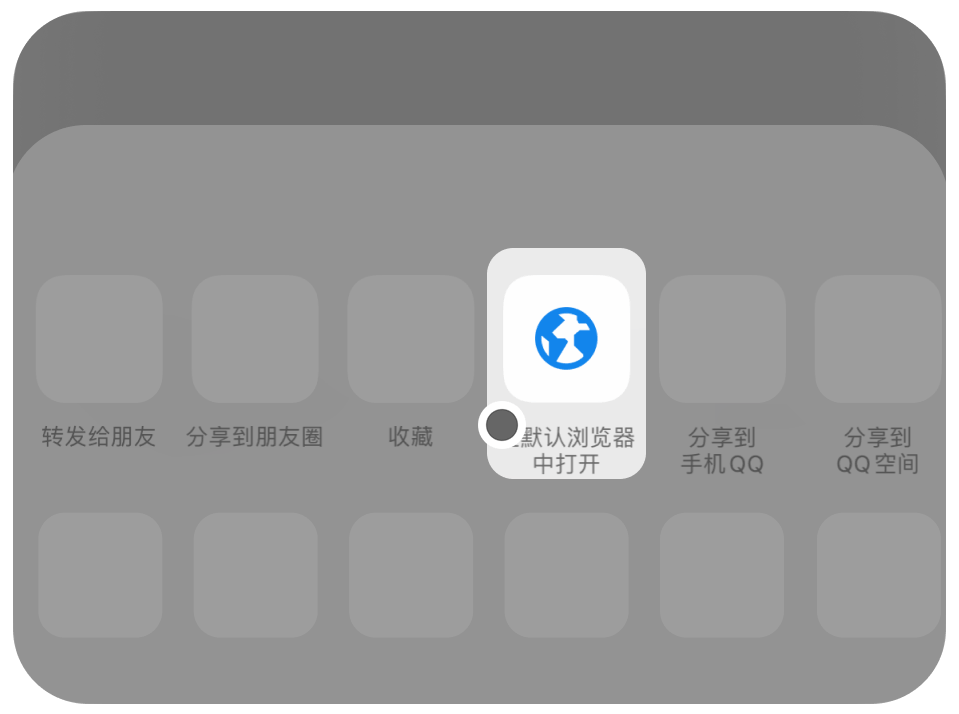Special ceramics used in semiconductor equipment
In the complex system of semiconductor equipment, special ceramics become a key component with unique properties, supporting the high precision and stability of semiconductor manufacturing processes.
Zirconia ceramics play an important role in wire bonding processes. Wire bonding is a key process for connecting chips and substrate circuits, and ceramic cleavers are used as the core tool. Some manufacturers use zirconia reinforced alumina to make them. This ceramic chopper has a uniform and dense microstructure, with a density of up to 4.3g/cm ³. The presence of tetragonal zirconia endows it with excellent mechanical properties, significantly reducing tip wear during wire bonding, lowering replacement frequency, and greatly improving bonding efficiency and quality. The processing process needs to be strictly controlled to ensure the precise shape and dimensional accuracy of the cutting edge, meeting the requirements of high-speed and high-precision bonding.
Aluminum nitride ceramics are showing great potential in the field of electrostatic suction cups. At present, most electrostatic suction cups are made of alumina ceramics, but aluminum nitride ceramics have better thermal conductivity and mechanical properties. In semiconductor manufacturing, electrostatic suction cups are used to fix wafers, and aluminum nitride ceramics can better achieve uniform charge distribution. Precise temperature control is achieved through built-in heating devices to ensure the stability of wafers during processing and reduce the impact of thermal stress on wafers. To adapt to semiconductor equipment, aluminum nitride ceramics need to undergo precision molding and processing to ensure that flatness, roughness, and other indicators meet strict standards.
Yttrium oxide ceramics also have applications in specific semiconductor processes. In some environments with extremely high requirements for corrosion resistance and high temperature resistance, such as some plasma etching processes, yttrium oxide ceramics can be used as protective materials or key component materials. It can resist the erosion of highly corrosive gases and high-temperature plasma, maintaining the integrity and functionality of equipment components. Its processing requires special techniques to ensure that the required performance is achieved while meeting the strict requirements of semiconductor equipment for component accuracy and surface quality.
The application of these special ceramics in semiconductor equipment is a perfect combination of material properties and precision machining technology. They ensure the smooth progress of semiconductor manufacturing processes from different aspects. With the continuous advancement of semiconductor technology, the research and application of special ceramics will also continue to innovate, injecting new impetus into the development of the industry.


